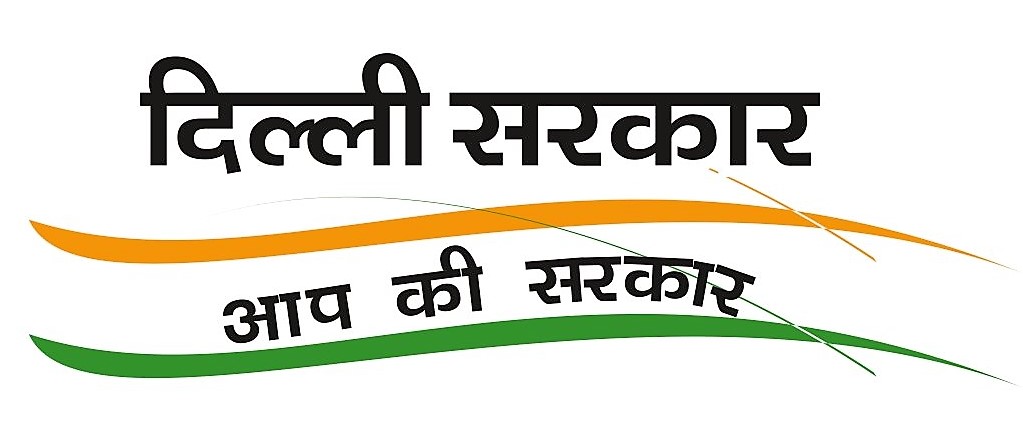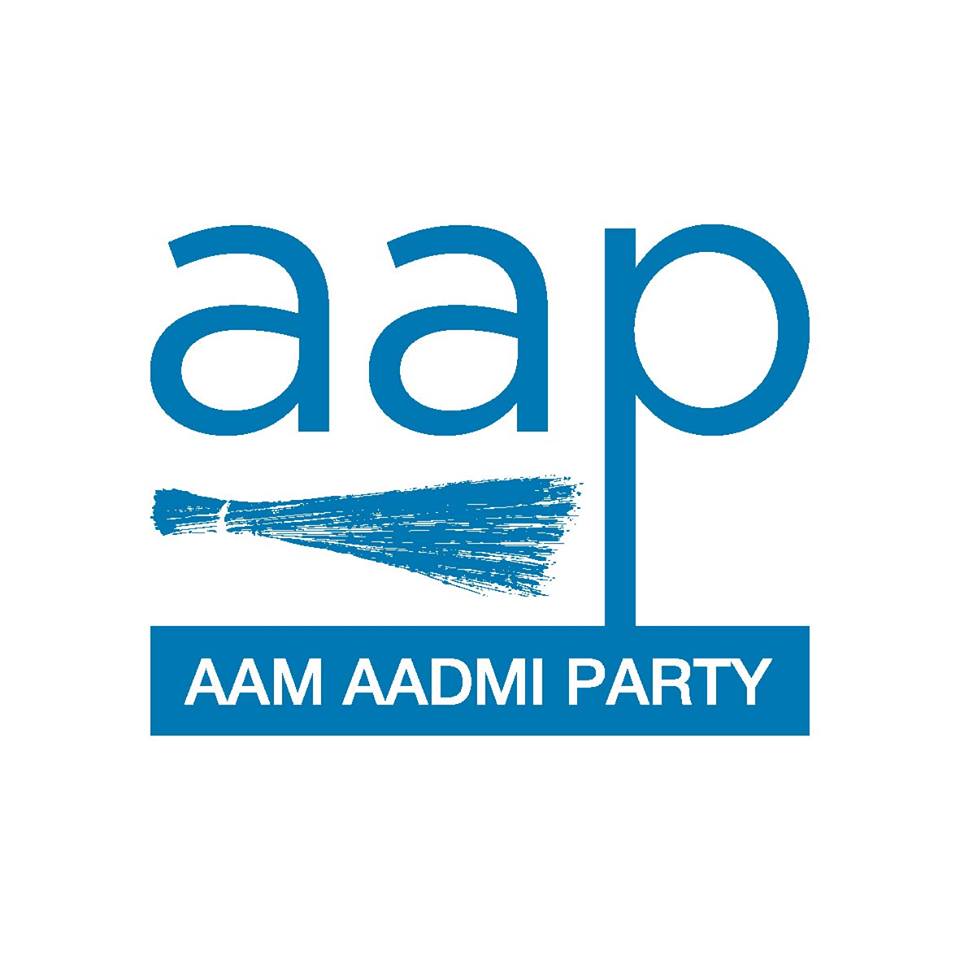
The Delhi government has reconstituted the Sanskrit academy. The new committee brings together a varied range of scholars, academics and practitioners associated with the language.
For the first time, the committee is chaired by a woman. Dr. Kanta Rani Bhatia, the vice chairperson of the academy is a Professor in Delhi University and a well-known scholar. Almost half the members of this new Sanskrit academy are women- as the Delhi government has been making a conscious effort to make the committees inclusive.
The Sanskrit Academy will work to generate an interest in the language and expand its influence to a wider audience. There is a plan to initiate 70 Sanskrit Centres across the city. School premises will be used to conduct evening Sanskrit classes. A course is being designed for the same with an emphasis on engaging content.
The government also hopes to contemporise Sanskrit and make it more accessible through the use of social media platforms and multimedia content. These measures are complemented by an effort to bring younger members in the academy, who can engage with the youth. One such member already organises gidda and stand up comedy performances in Sanskrit.
Members of the newly reconstituted Sanskrit academy include some of the best known scholars and researchers of the language such as Prof Ashutosh Dayal Mathur of St. Stephen’s College, Dr. Balram Shukla- who is also a Persian scholar, Dr. Pankaja Ghai Kaushik of Lady Shriram College and Dr. Baldevanand Sagar- a Sanskrit newsreader at Akashwani among others.
Deputy Chief Minister, Delhi, Shri Manish Sisodia, has said that, “Sanskrit is extremely valuable not only as a language but also as a resource of traditional knowledge, philosophy and values. In order to keep the language alive, we need to make it more accessible and relatable. Unfortunately, we often get caught up in teaching the grammar at the cost of the content. There is immense potential in this expansion and we hope with a committee like this, the government will be able to contribute to the growth of the language”.


7 Comments